Who We Are
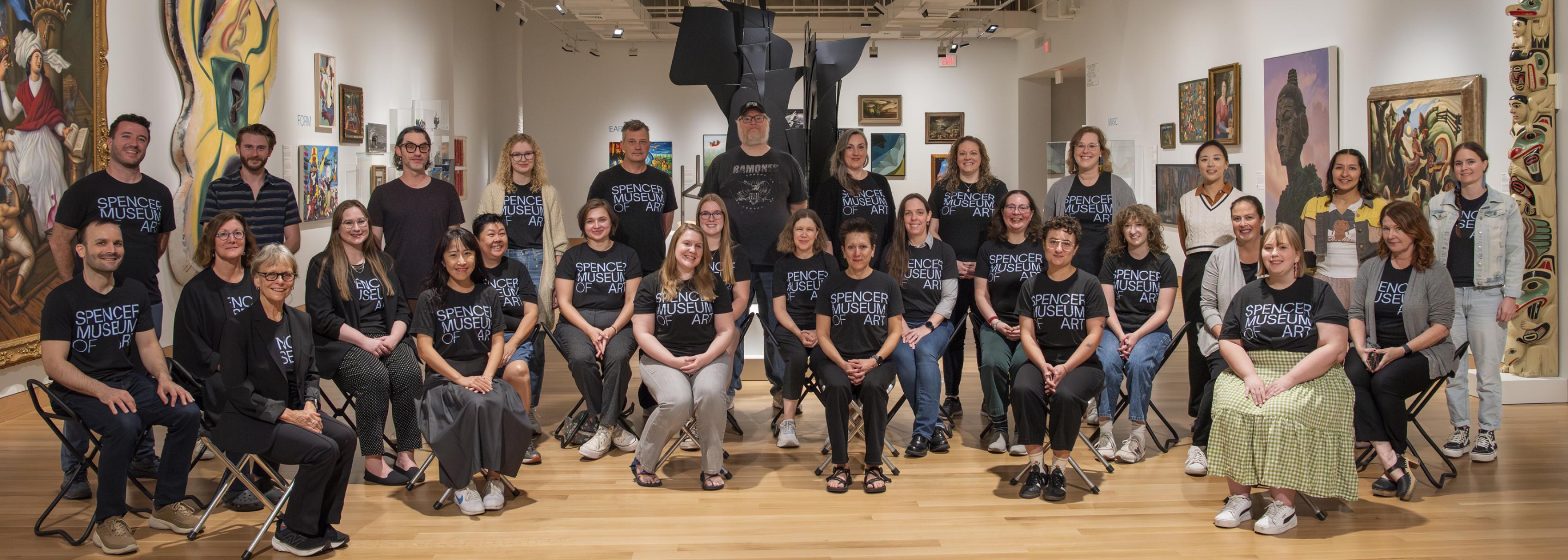
Our vision is to stimulate creative thinking and spark new ideas through transformative art experiences.
Who We Are Jump Links
Our mission
The Spencer Museum of Art sustains a culturally diverse collection and encourages interdisciplinary exploration at the intersection of art, ideas, and experience. The Spencer strengthens, supports, and contributes to the academic research and teaching of the University of Kansas and is committed to serving communities of learners across Kansas and beyond.
Our history
Our origins date to 1917 when Sallie Casey Thayer, an art collector in Kansas City, gave her collection of nearly 7,500 art objects to the University of Kansas “to encourage the study of fine arts in the Middle West.”
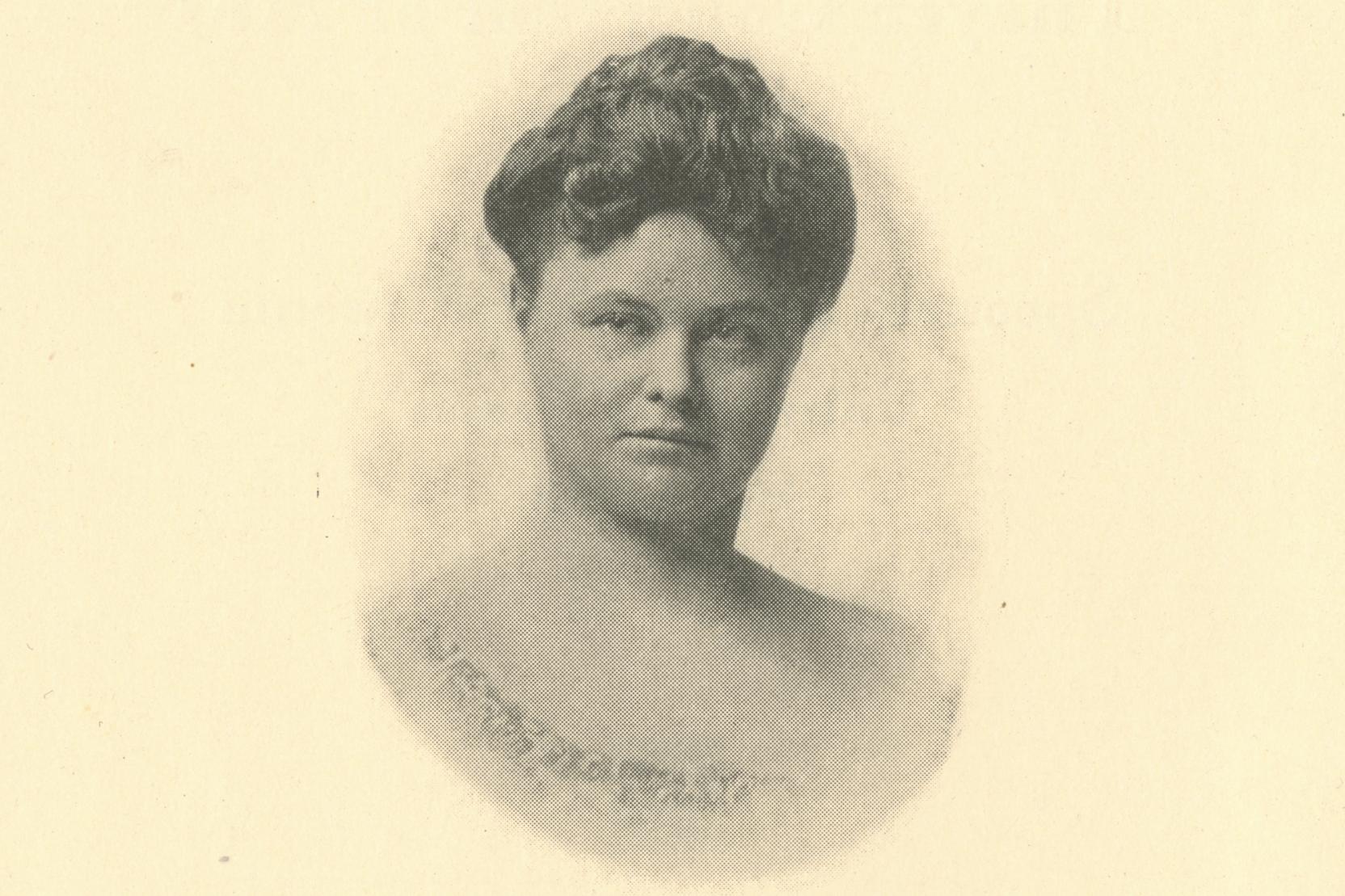
Portrait of Sallie Casey Thayer circa 1890, Courtesy of University Archives
1917: Our founding collection
Sallie Casey Thayer's founding gift included paintings, sculpture, prints, drawings, furniture, rugs, textiles, metalwork, ceramics, and glass.
It wasn’t for another nine years that the Museum would open in a physical building and present her collections to the public.
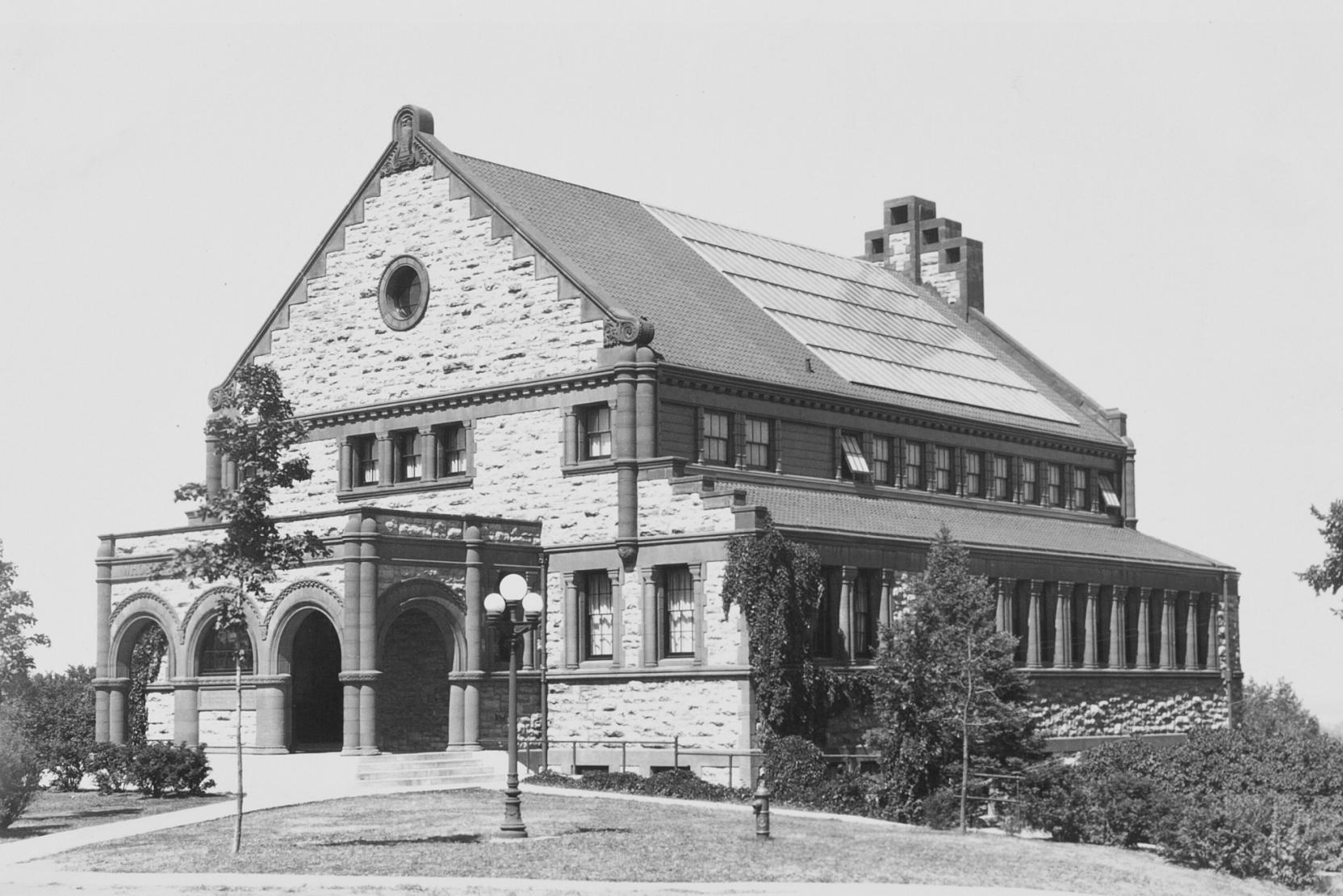
Spooner Hall 1927, Courtesy of University Archives
1928: The University of Kansas Museum of Art opens
The University of Kansas Museum of Art was established in Spooner Hall. Over the ensuing decades the Museum continued to grow and acquire new art objects, and by the late 1960s it had outgrown this location.
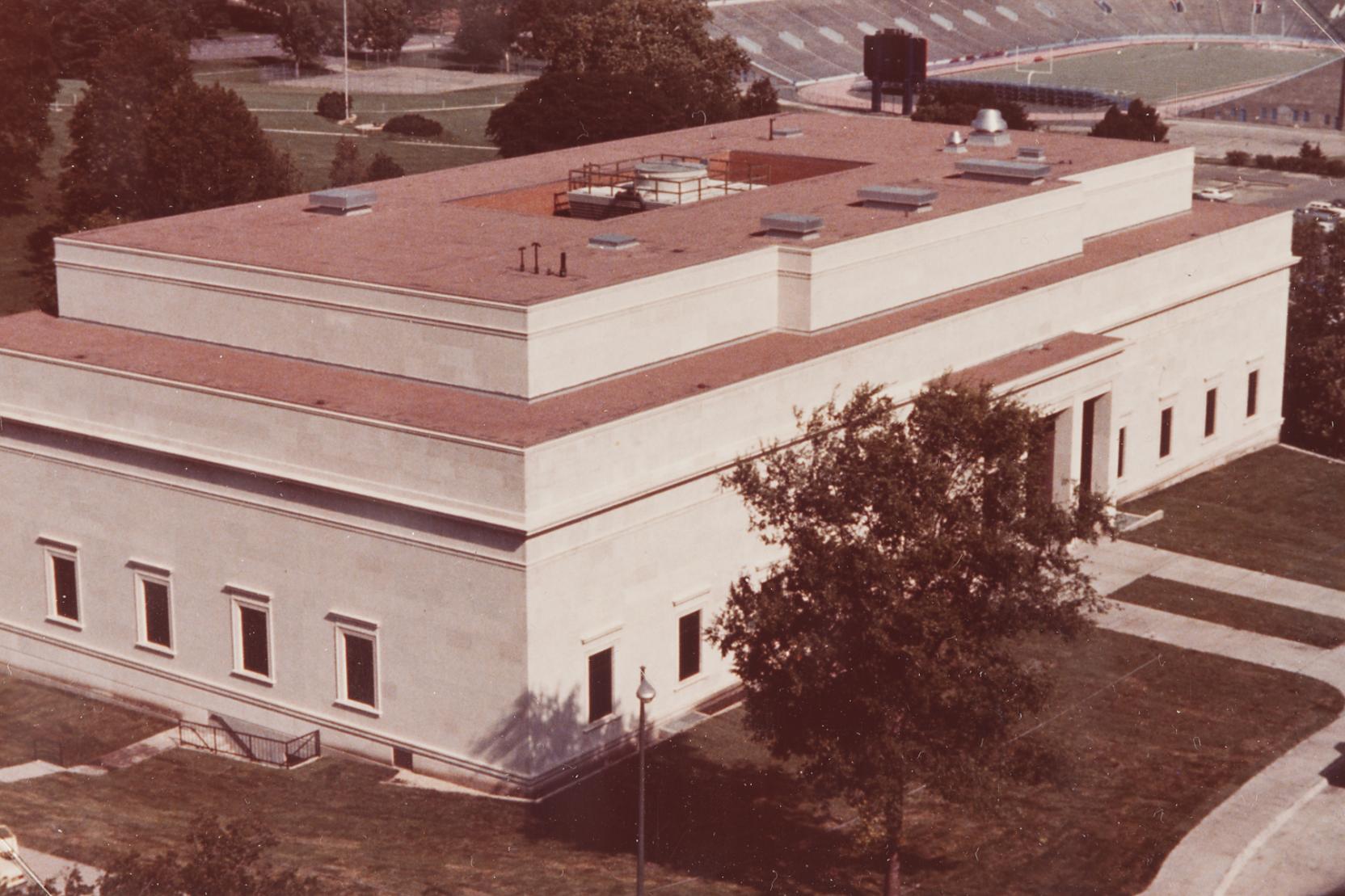
The newly built Helen Foresman Spencer Museum of Art, 1978
1978: A new building
Kansas art collector Helen Foresman Spencer made a large donation to fund a new building for the collection. Formally named the Helen Foresman Spencer Museum of Art, the neo-classical limestone building was designed by Kansas City architect Robert E. Jenks, a 1926 KU graduate. This building remains the site of the Museum today, and also houses the Kress Foundation Department of Art History, and the Murphy Library of Art and Architecture
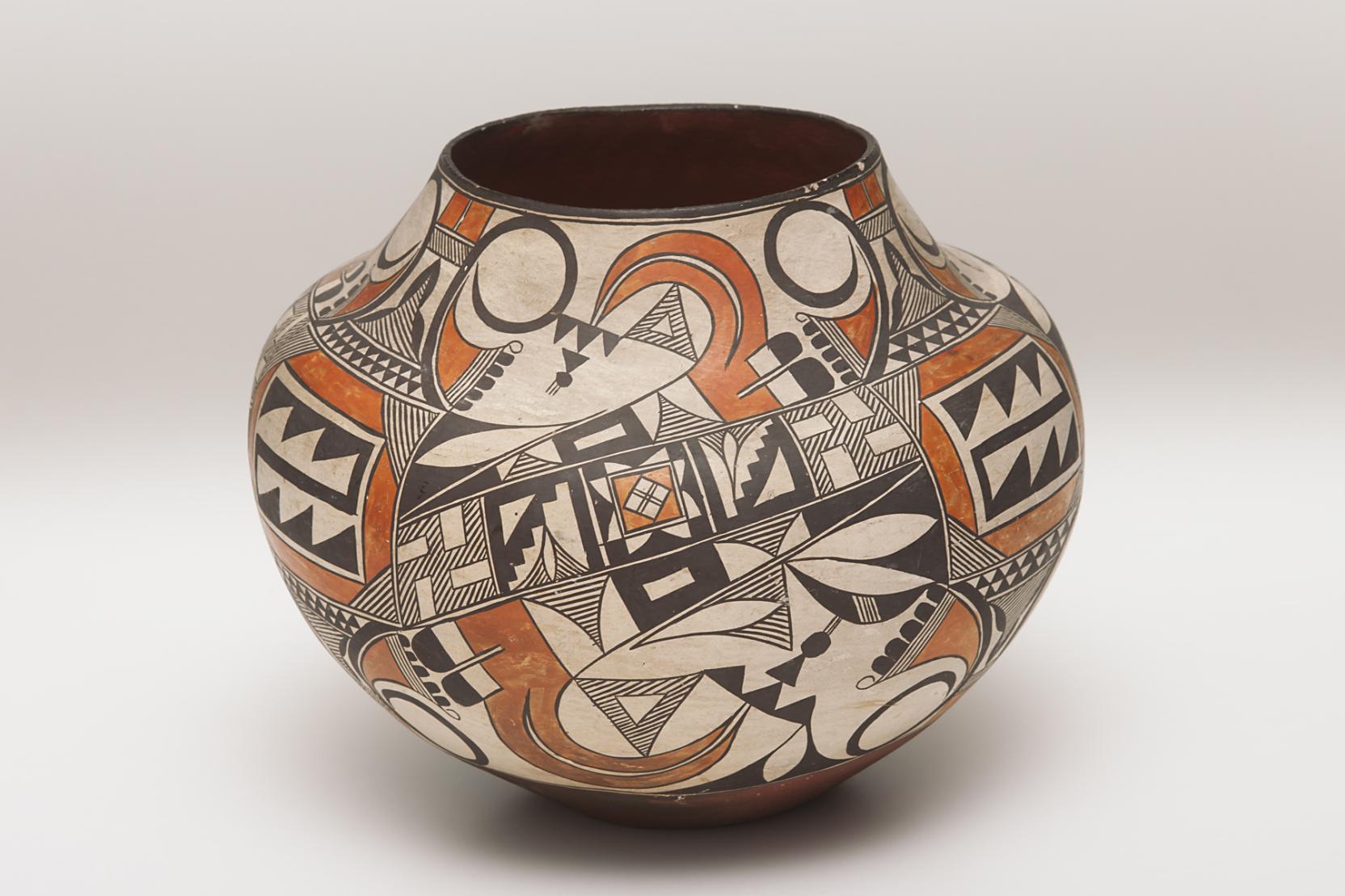
unrecorded Acoma artist, jar, late 1800s–1910, Gift from the Estate of Karl Menninger and his family, 2007.1338
2007: Addition of anthropology collection
The Spencer assumed stewardship of more than 9,000 objects from the former KU Museum of Anthropology. This vastly expanded the scope of the Museum's collection to include works from across the world, with a particular focus on Native American materials.
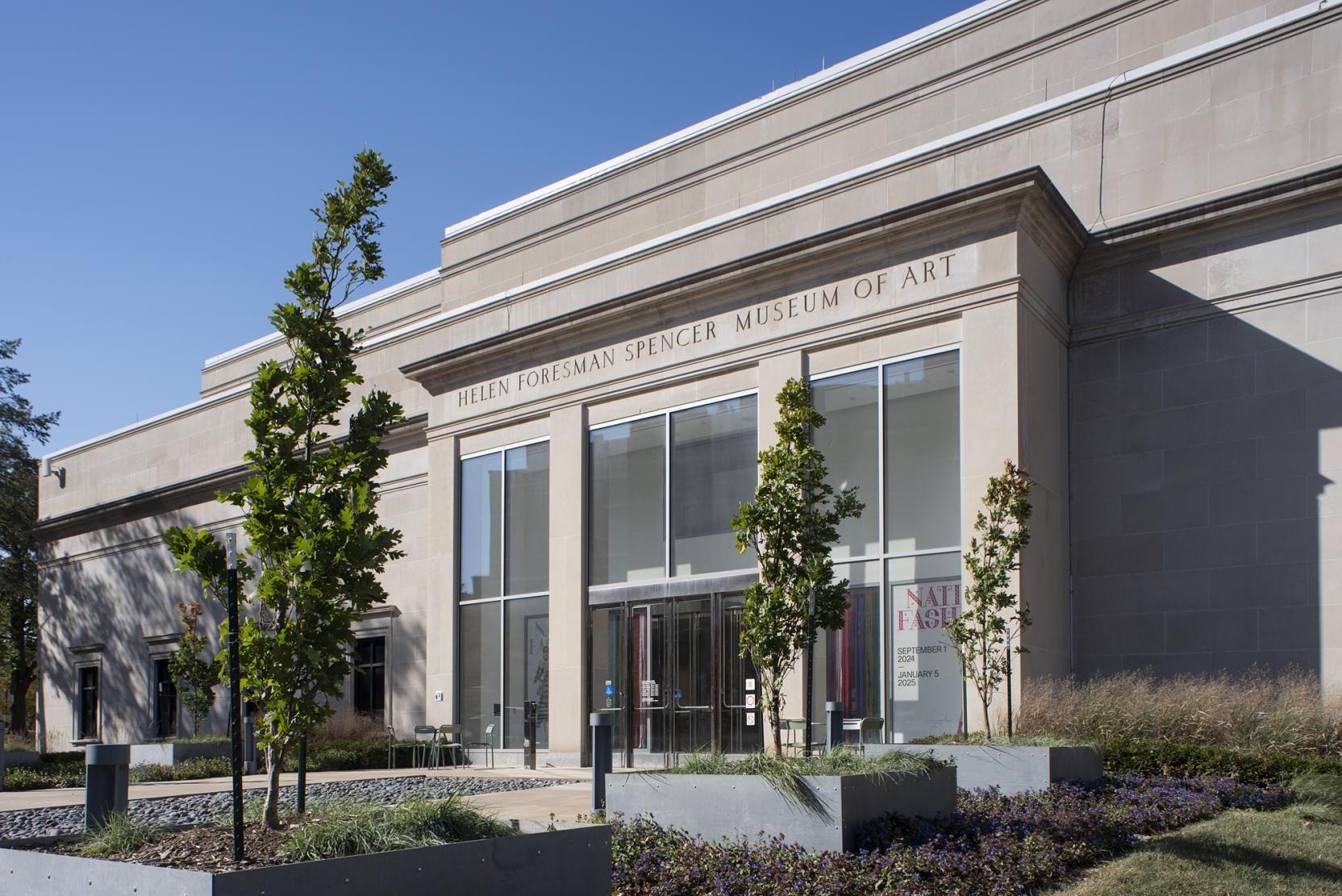
The Spencer Museum of Art post renovations, 2024
2015–2022: Renovations
Working with internationally renowned architects Pei Cobb Freed & Partners, we enhanced our galleries and public spaces and created new areas for engaged learning and research. In addition to enlarging and brightening our entrance and lobby, we improved gallery floors and lighting and enhanced accessibility and wayfinding. We also added three new academic spaces designed for students and visitors to experience artworks from our collection up close.
Our staff
The Spencer's staff includes museum professionals and KU graduate and undergraduate students. Visit our Staff Directory to find employees from departments across the Museum.
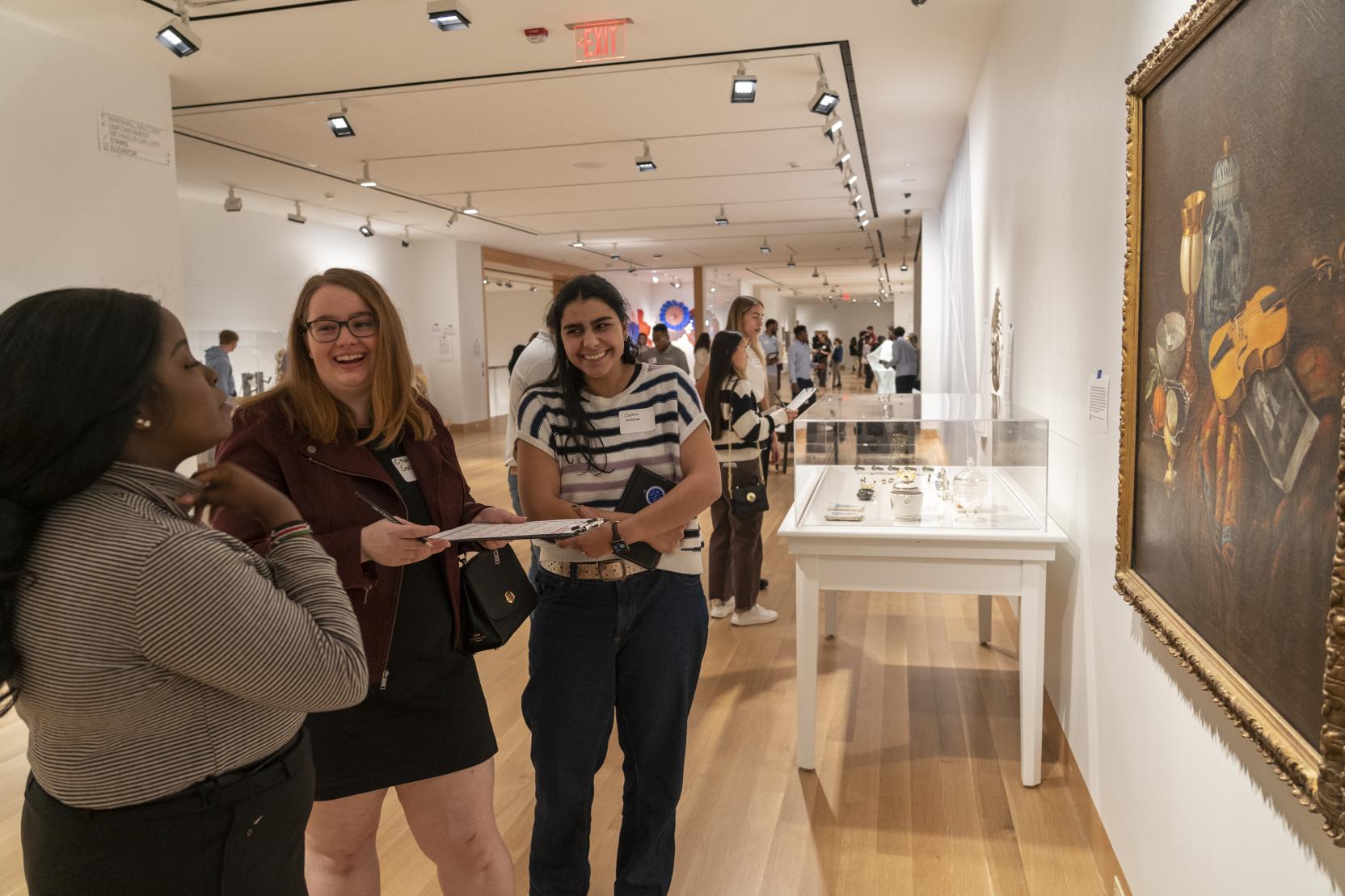
Belonging
We are committed to making the Spencer Museum a welcoming environment where all visitors feel respected. To this end, we continue to grow our collection to be more representative of the communities we serve and to increase our understanding of global experiences. We strive to offer exhibitions and programs that include a range of voices, ideas, and experiences and create an accessible environment that promotes individual lifelong learning.
Board Leadership
The Spencer Museum of Art is supported by volunteer leaders who serve on two key bodies: the Friends of the Art Museum Board and the National Advisory Board. Together they provide guidance, advocacy, and philanthropic support that strengthens the Museum’s collections, programs, and role within the University of Kansas and the broader community.
Friends of the Art Museum Board
The Friends of the Art Museum (FAM) Board represents the Museum’s membership and community supporters. The board helps build engagement with the Spencer through events, programs, and outreach to encourage membership and philanthropic support and connect the Spencer with audiences across campus, Lawrence, and the region.
National Advisory Board
The National Advisory Board comprises supporters of the Spencer Museum of Art who have demonstrated a sustained commitment to the Museum and to the visual arts. The board supports the Museum in advancing its mission by advising on collection growth, exhibitions, programs, and strengthens the Museum's endowment and development efforts by identifying and encouraging potential supporters.
Plan your visit
Find out more about what’s on view, plan a tour, or read our gallery guidelines.